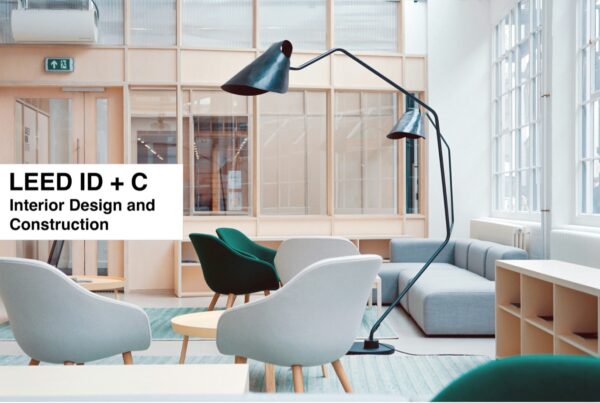Spot-On Local Warming Systems Redefine Climate Control
The quest to make our homes and buildings smarter has led MIT researchers to develop an ingenious local warming system that’s spot-on and intuitive.
Using WiFi-enabled motion trackers, heating elements mounted on ceilings follow human targets as they move around, delivering just the right amount of infrared heat they need. The researchers suggest that creating these “personalized climates” around individuals is more energy saving than warming the entire room.
Miriam Roure, lead researcher on the project notes,
“With a dynamic system like Local Warming in place, buildings may not need to waste as many resources on climate control…. Local Warming allows participants to engage with their climate directly and to enact a new type of efficient, localized climate control.”
| via MIT
Tiny Minibuilder Robots Show How to 3D Print Buildings
A Spain-based research team at the Institute for Advanced Architecture of Catalonia has recently shown proof of concept for 3D printing buildings using tiny robots.
Dubbed as minibuilders, these autonomous robots are assigned with specific tasks (much like in a factory assembly line)–
“The robots work in teams to squirt out material that hardens into the shell of the building. Foundation robots move in a track, building up the first 20 layers of the structure, and then a series of “grip” robots clamp on the top or sides adding more layers, ceilings, and frames for windows or doors. Vacuum robots attach on at the end to add a layer to reinforce everything.”
Large-scale 3D printing has not yet gained traction in mainstream architecture since creating large objects has traditionally required a 3D printer bigger the end product. The minibuilders’ small and fixed size, however, gives them the flexibility to 3D print practically any size of structure, as long as material properties allow it.
| via Gizmodo
Store-Bought Plants for Attracting Bees Not So Bee-Friendly After All
Well-meaning gardeners who buy flowering plants to attract bees may actually be causing damage to them, as well as to other pollinators.
A recent report found out that plants sourced from retail nurseries at Home Depot and Walmart are treated with pesticides specifically neonicotinoid or neonics, a harmful neurotoxin which endangers bees’ health, and compromises their brain function necessary in looking for food and navigating to and from their home.
The trouble with pesticide is that it indiscriminately kills everything in its wake, including beneficial insects such as bees which play a vital role in pollinating flowers that eventually become the fruits and vegetables we eat.
Last year, neonicotinoids from store-bought plants also made the news, adding injury to the already serious bee deaths in the U.S. The problem is now a major concern that Obama is stepping in.
Say Hello to Germany’s New Package-Free Supermarket
Come to think of it, we can actually shop for products and goods without all those unnecessary packaging. That’s the premise of the Original Unvertpackt (Original Unpacked), a supermarket concept by two entrepreneurs in Berlin, Sara Wolf and Milena Glimbovski.
All sorts of packaging are shunned; instead shoppers will have to bring their own bags and containers. Obviously, utmost cooperation by customers is needed to make this work—it can be awkward and inconvenient at first, but the reward is that less waste goes to dumpsites and landfills. In Germany, an estimated 15 million tons of waste packaging is thrown away every year.
Package-free shopping is a concept that’s been tried before in London—by a grocery-bar-restaurant named Unpackaged, which sadly closed shop after just a year. Here’s hoping Original Unvertpackt lasts long enough to inspire other supermarkets as well as shoppers.
| via Earth Techling
It’s Not Just About the Standing Desk
2012 was the year standing desks became popular for their health benefits, though it’s been around for decades already. And yet, simply using a standing desk isn’t enough. You have to factor in mobility as well.
That’s what the Action Office, invented by Robert Propst in 1964, was all about—a series of office furniture that gives flexibility and freedom of movement to the individual.
The Action Office might have unwittingly been the precursor of the modern-day cubicle, although that wasn’t Propst original intention since the cubicle essentially tethers the person to a fixed spot.
A good mix of standing and sitting desk is ideal then, where people can move to as they deem necessary. The way we use our desk in tandem with portable technology (i.e. our laptops and tablets) have also redefined the office space design these days.
| via Treehugger












